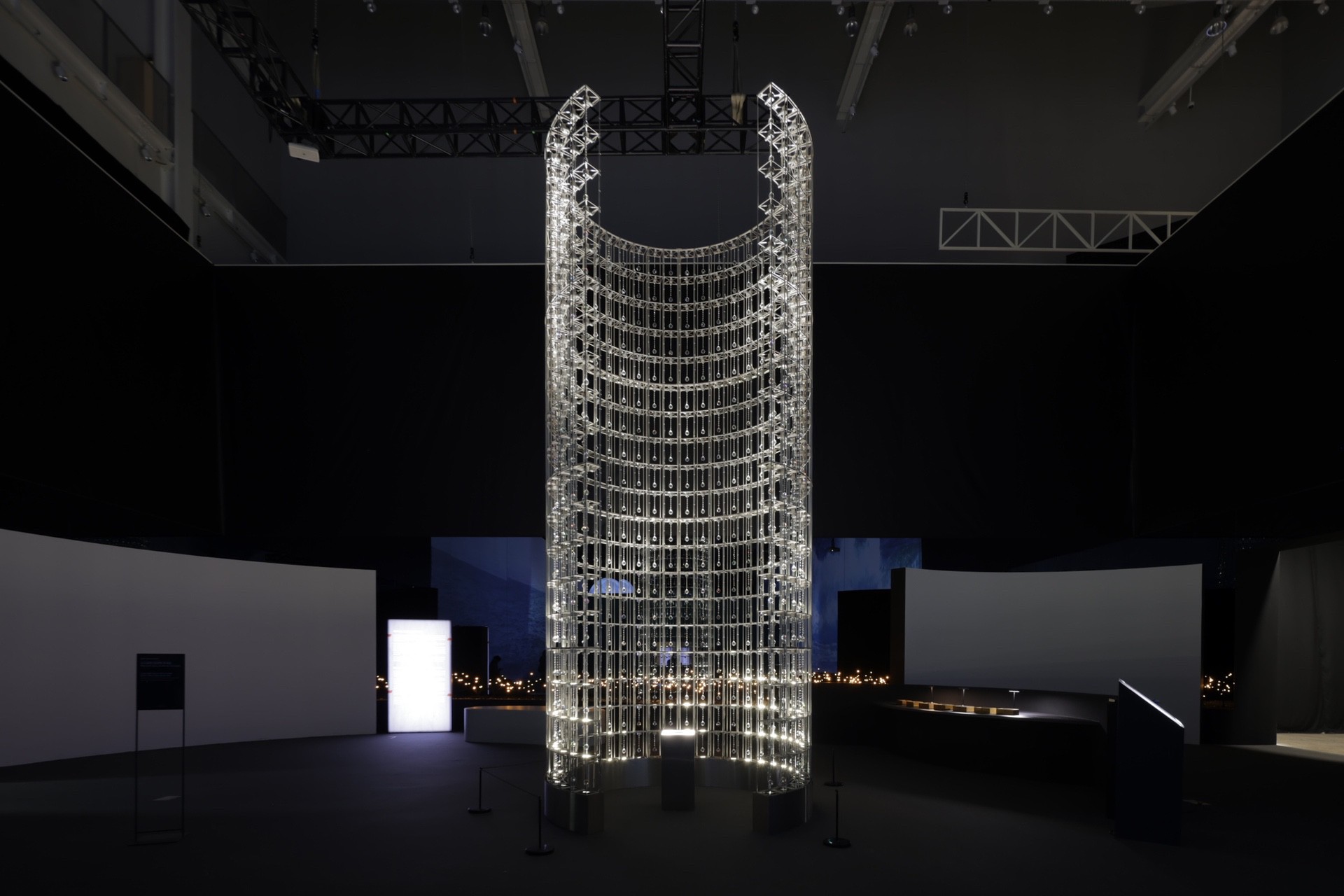
Dear Baba-Nyonya: The Further into Cross-Culture in Seaport Cities
Malacca, The Passageway Connecting Oceans
Situated in southwest Malaysia, Malacca is on the shortest maritime route between the Indian and Pacific Ocean. Seasonal winds change direction on that route, allowing a broad exchange of people, goods, and cultures.
Malacca was once a small fishing village. It grew into a sprawling maritime kingdom through its friendly relations with China after the Chinese explorer Zheng He voyaged to the city in the early 15th century. As more Chinese merchants arrived to trade, a community known as the Peranakan formed through intermarriages with local women. The men (Baba) and women (Nyonya) of the Peranakan community strive toward preserving their mainland identity, as can be seen at heritage sites like the Cheng Hoon Teng Temple, which integrated traditional Chinese cultural elements into local architecture.
The Malacca Sultanate, aiming to attract the Muslim merchant community that traded globally, converted to Islam. This positioned the Malacca Sultanate at the center of an international trade network spanning across Europe and Asia. Followers of Islam in this region are relatively flexible, influenced by indigenous beliefs, Buddhism, and Hinduism. These influences, especially of the Islamic and Hindu elements, are apparent in the rich architectural styles of the Sultanate Palace and the Kampung Hulu Mosque.
European merchants were drawn to Malacca’s prosperity. The Portuguese were the first to establish a presence, constructing the Fortress de Malacca, better known as A Famosa and Church of Saint Paul. The Dutch built red-brick churches and squares using sedimentary deposits from the river. The British added its mark with a city square fountain with the insignia of Queen Victoria and reformed the church for the Anglican denomination. They also repurposed the governor-general’s official residence as a school, adding their cultural layer to the city’s unique urban landscape.
Malacca’s diverse cultural elements from Asia and Europe, introduced through centuries of cross-pollination and exchange are very much present in the daily lives of the Malaccans. Today, Malaccans burning incense at Buddhist temples, The Catholic and Protestant, Anglican worshippers, and Muslims praying towards Mecca three times a day meet at the town square and exchange greetings. Malacca, a space of diverse cultures where diversity is respected, was designated as a UNESCO World Heritage Site in 2007, protecting the entire city.

OMA Space
〈Golden Journey〉, 2023.

Song Changae
〈WATER ODYSSEY: Waterroad〉, 2023.

Park Keunho (chamsae)
〈Trade Appraisal〉, 2023.
